Speed up, slow down, speed up ...
Gassho, J
STLah
Hubble identifies unusual wrinkle in expansion rate of the universe
ver the past 30 years, the space observatory has helped scientists discover and refine that accelerating rate – as well as uncover a mysterious wrinkle that only brand-new physics may solve.
Hubble has observed more than 40 galaxies that include pulsating stars as well as exploding stars called supernovae to measure even greater cosmic distances. Both of these phenomena help astronomers to mark astronomical distances like mile markers, which have pointed to the expansion rate.
In the quest to understand how quickly our universe expands, astronomers already made one unexpected discovery in 1998: “dark energy.” This phenomenon acts as a mysterious repulsive force that accelerates the expansion rate.
And there is another twist: an unexplained difference between the expansion rate of the local universe versus that of the distant universe right after the big bang.
Scientists don’t understand the discrepancy, but acknowledge that it’s weird and could require new physics.
“You are getting the most precise measure of the expansion rate for the universe from the gold standard of telescopes and cosmic mile markers,” said Nobel Laureate Adam Riess at the Space Telescope Science Institute and a distinguished professor at the Johns Hopkins University in Baltimore, in a statement.
... Multiple teams of astronomers using the Hubble telescope have arrived at a Hubble constant value that equals 73 plus or minus 1 kilometer per second per megaparsec. (A megaparsec is one million parsecs, or 3.26 million light years.)
“The Hubble constant is a very special number. It can be used to thread a needle from the past to the present for an end-to-end test of our understanding of the universe. This took a phenomenal amount of detailed work,” said Licia Verde, a cosmologist at the Catalan Institution for Research and Advanced Studies and the Institute of Cosmos Science at the University of Barcelona, in a statement.
... But the actual predicted expansion rate of the universe is slower than what the Hubble telescope has observed, according to astronomers utilizing the standard cosmological model of the universe (a theory suggesting the components of the big bang) and measurements taken by the European Space Agency’s Planck mission between 2009 and 2013.
... The James Webb Space Telescope, which launched in December, will be able to observe Hubble’s mile markers in sharper resolution and at greater distances, which could contribute to understanding the discrepancy between the two numbers.
It makes for an exciting challenge to cosmologists who were once determined to measure the Hubble constant – and now find themselves questioning what additional physics may help them unlock a new mystery about the universe.
https://us.cnn.com/2022/05/23/world/...scn/index.html
ver the past 30 years, the space observatory has helped scientists discover and refine that accelerating rate – as well as uncover a mysterious wrinkle that only brand-new physics may solve.
Hubble has observed more than 40 galaxies that include pulsating stars as well as exploding stars called supernovae to measure even greater cosmic distances. Both of these phenomena help astronomers to mark astronomical distances like mile markers, which have pointed to the expansion rate.
In the quest to understand how quickly our universe expands, astronomers already made one unexpected discovery in 1998: “dark energy.” This phenomenon acts as a mysterious repulsive force that accelerates the expansion rate.
And there is another twist: an unexplained difference between the expansion rate of the local universe versus that of the distant universe right after the big bang.
Scientists don’t understand the discrepancy, but acknowledge that it’s weird and could require new physics.
“You are getting the most precise measure of the expansion rate for the universe from the gold standard of telescopes and cosmic mile markers,” said Nobel Laureate Adam Riess at the Space Telescope Science Institute and a distinguished professor at the Johns Hopkins University in Baltimore, in a statement.
... Multiple teams of astronomers using the Hubble telescope have arrived at a Hubble constant value that equals 73 plus or minus 1 kilometer per second per megaparsec. (A megaparsec is one million parsecs, or 3.26 million light years.)
“The Hubble constant is a very special number. It can be used to thread a needle from the past to the present for an end-to-end test of our understanding of the universe. This took a phenomenal amount of detailed work,” said Licia Verde, a cosmologist at the Catalan Institution for Research and Advanced Studies and the Institute of Cosmos Science at the University of Barcelona, in a statement.
... But the actual predicted expansion rate of the universe is slower than what the Hubble telescope has observed, according to astronomers utilizing the standard cosmological model of the universe (a theory suggesting the components of the big bang) and measurements taken by the European Space Agency’s Planck mission between 2009 and 2013.
... The James Webb Space Telescope, which launched in December, will be able to observe Hubble’s mile markers in sharper resolution and at greater distances, which could contribute to understanding the discrepancy between the two numbers.
It makes for an exciting challenge to cosmologists who were once determined to measure the Hubble constant – and now find themselves questioning what additional physics may help them unlock a new mystery about the universe.
https://us.cnn.com/2022/05/23/world/...scn/index.html
STLah
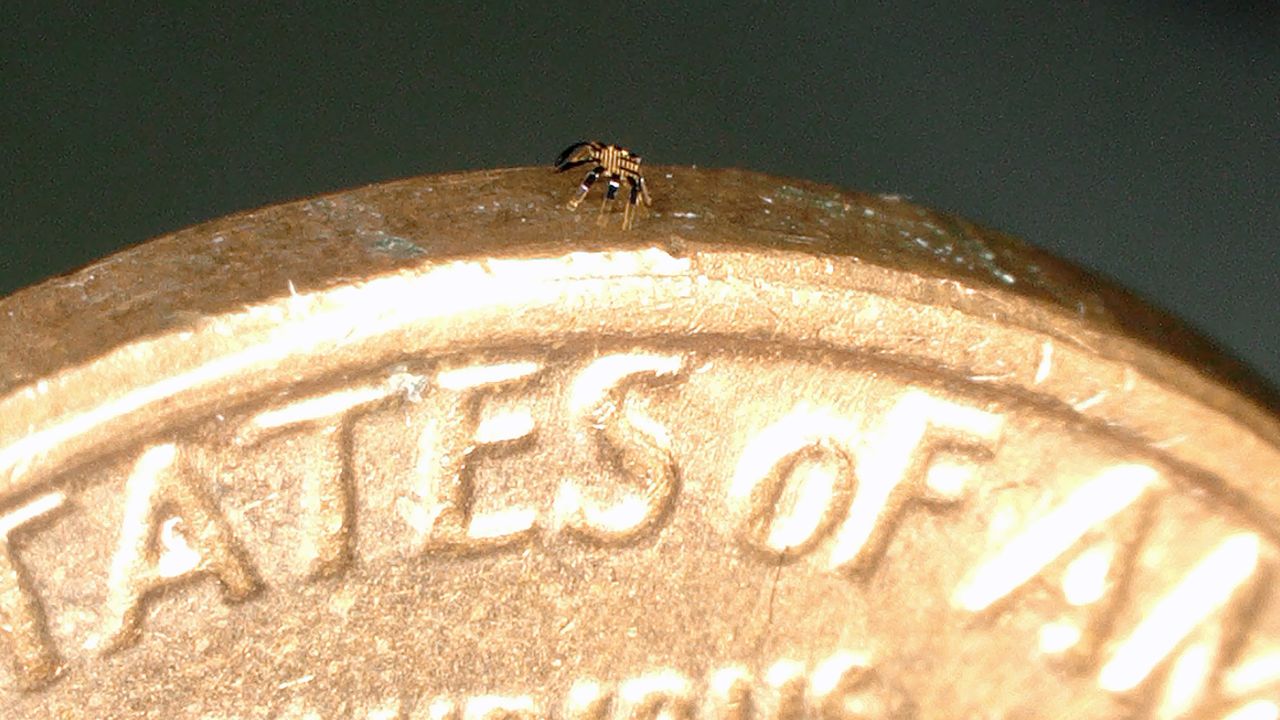

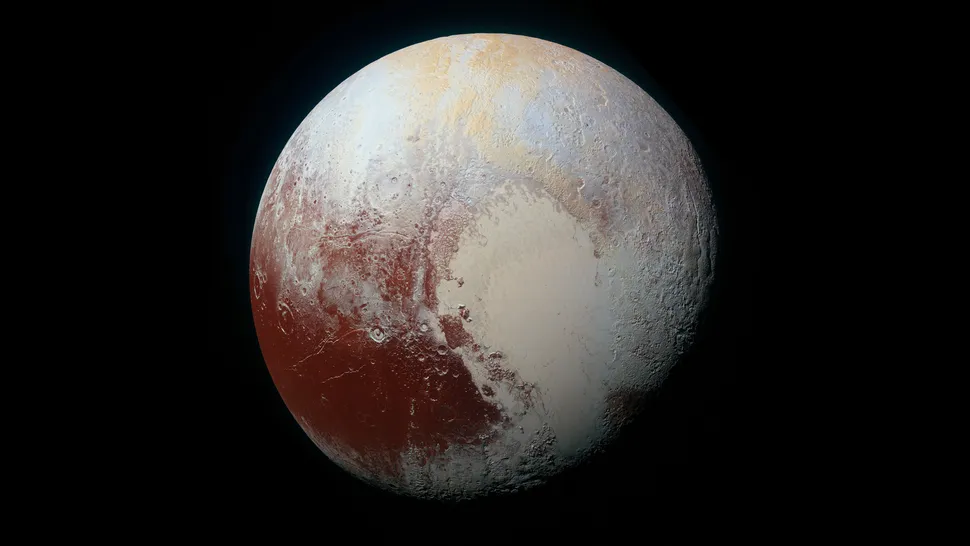






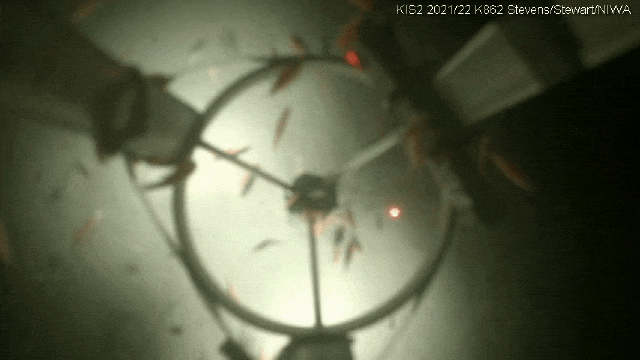
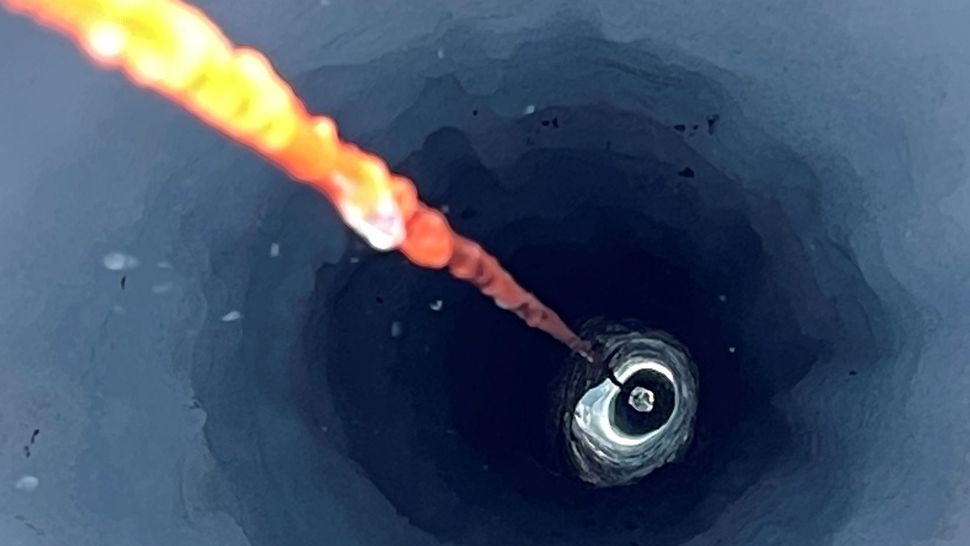




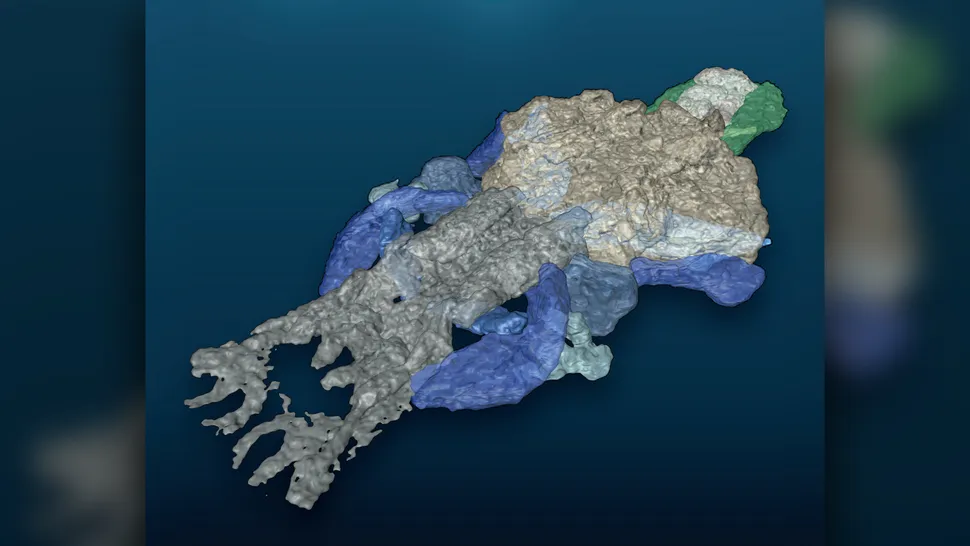


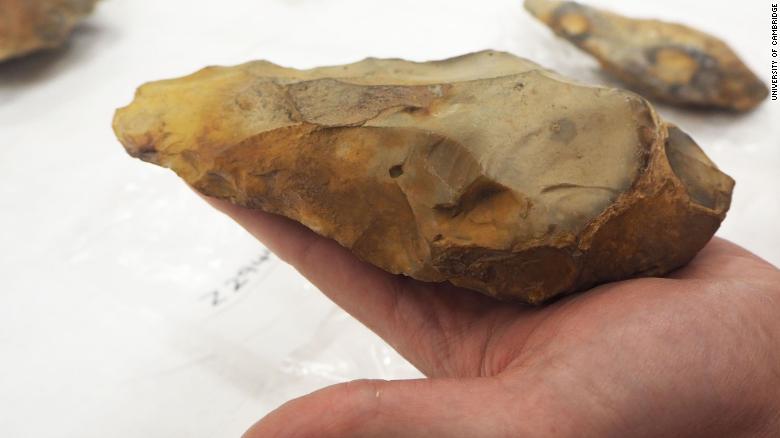





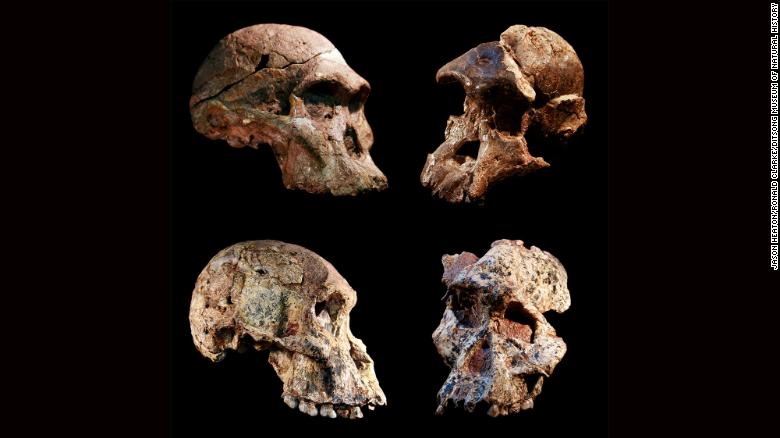
Comment